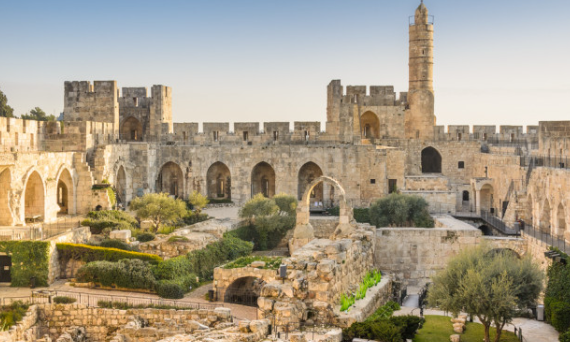Archaeologists have made a significant find in the dense jungles of Mexico, revealing the existence of a previously unknown ancient Mayan city. The discovery was made by a team from the Archeology Council of the National Institute of Anthropology and History. The city, named Ocomtun in the Yucatec Maya language, meaning “stone column,” was found during an expedition in a largely unexplored area of the Balamku ecological reserve on the Yucatan Peninsula. The archaeologists uncovered various structures, including large pyramid-like buildings, stone columns, three plazas with impressive buildings, and other arrangements of structures in nearly concentric circles. These remnants provide insights into the thousand-year-old ancient settlement.
The “Expanding the archaeological panorama of the Mayan Central Lowlands” project, led by the INAH (National Institute of Anthropology and History), focused on a remote region after detecting numerous pre-Hispanic structures using aerial laser scanning and mapping in March. From May to mid-June, the team conducted on-site exploration, uncovering the remnants of a Mayan civilization. The Mayan empire, which extended across southeastern Mexico and parts of Central America, once occupied these ruins.
Within the vicinity, the archaeologists discovered a multitude of scattered stone columns that likely functioned as entrances to the upper chambers of the structures. Additionally, the city contained central altars situated near the La Riguena river, which researchers speculate were used for communal rituals. Furthermore, they uncovered a ball court, a common feature in Mayan culture, where players would maneuver a rubber ball symbolizing the sun across the court without using their hands, aiming to pass it through a small stone hoop.
“The biggest surprise turned out to be the site located on a ‘peninsula’ of high ground, surrounded by extensive wetlands. Its monumental nucleus covers more than 50 hectares (123 acres) and has various large buildings, including several pyramidal structures over 15 meters (49 feet) high,” Ṡprajc stated.
Ocomtun is situated in close proximity, within a few dozen miles, to other Mayan cities that have been uncovered in the past few decades. Archaeologists suggest that the site likely experienced a decline between 800 and 1000 AD. This decline can be attributed to ideological and demographic transformations that contributed to the collapse of Maya civilizations in the region by the 10th century.








